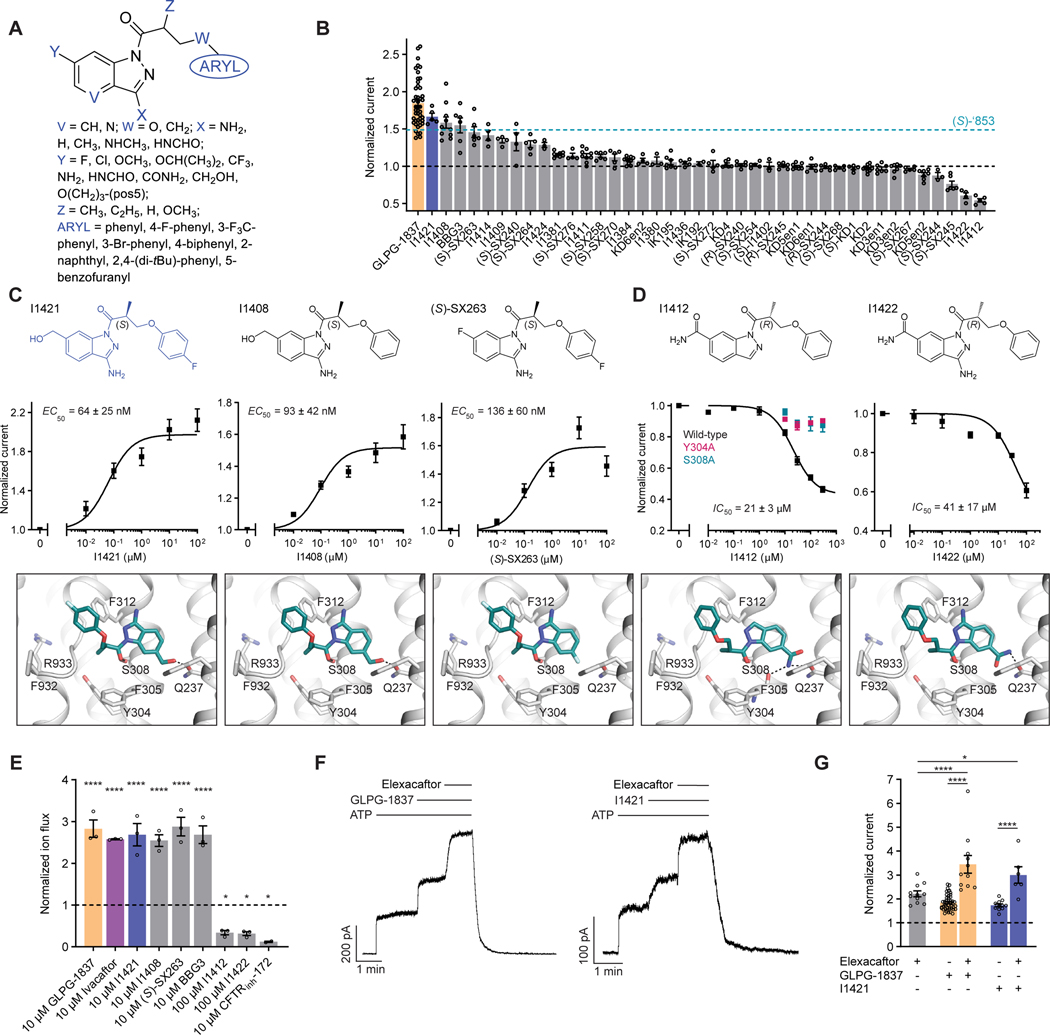Figure 4: Medicinal chemistry leads to novel CFTR potentiators and inhibitors.
(A) General formula of newly synthesized ‘853 analogs. (B) Effects of ‘853 analogs on currents measured in inside-out excised membrane patches containing fully phosphorylated WT CFTR. Measurements were made with 3 mM ATP. Data represent means and SEs of 2 to 46 patches. (C) The chemical structures (top), dose-response curves (middle), and docked poses (bottom) of three of the most efficacious potentiators. Data represent means and SEs of 5–11 patches. (D) The chemical structures (top), dose-response curves (middle), and docked poses (bottom) of the two most efficacious inhibitors. The dose-responses of the Y304A and S308A variants in response to I1412 perfusion were also shown (left). Data represent means and SEs of 2–8 patches. (E) Pharmacological potentiation and inhibition of iodide flux rates in CFBE41o− cells homozygous for ΔF508 CFTR. 1 μM lumacaftor was used in the culture to facilitate surface-expression. A pre-treatment with 20 μM forskolin was used to activate ΔF508 CFTR. The relative potentiation was calculated as the ratio of flux rates with and without modulator at the indicated concentrations. Data points represent the means and SEs of 2 (CFTRinh-172) or 3 (all other conditions) experiments. Statistical significance relative to a DMSO only treatment was tested by one-way analysis of variance (ANOVA) (*P = 0.049 for I1412, P = 0.041 for I1422, and P = 0.015 for CFTRinh-172; ****P = 9.0×10−7 for GLPG-1837, P = 7.8×10−6 for Ivacaftor, P = 3.0×10−6 for I1421, P = 1.0×10−5 for I1408, P = 6.1×10−7 for (S)-SX263, and P = 3.1 ×10−6 for BBG3). (F) Representative macroscopic current traces of fully phosphorylated WT CFTR in response to perfusion of GLPG-1837, I1421, and Elexacaftor onto inside-out excised membrane patches. 3 mM ATP, 10 μM GLPG-1837, and 1 μM Elexacaftor were used. (G) Relative potentiation of WT CFTR currents by Elexacaftor without or with GLPG1837 or I1421. Data represent means and SEs of 6 to 46 patches. Some data points are replotted from panel B. Statistical significance was tested by one-way ANOVA (*P = 0.026; ****P = 6.3×10−6 for Elexacaftor + GLPG-1837 versus Elexacaftor only, P = 2.6×10−12 for Elexacaftor + GLPG-1837 versus GLPG-1837 only, and P = 9.3×10−5 for Elexacaftor + I1421 versus I1421 only).

